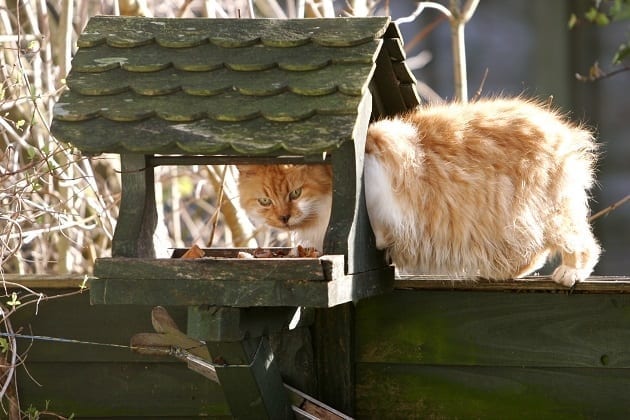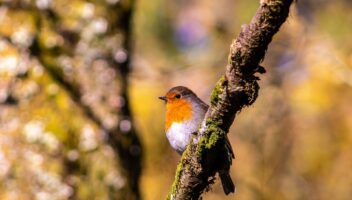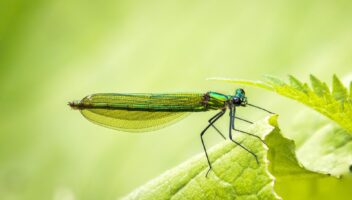Traditionally the assumption has been that feeding birds is only important during the cold winter months. Whilst it is vital in winter birds can quickly come to rely on the extra food left out for them in gardens to supplement their natural food sources. However, they still require a steady supply throughout the year.
The RSPB and BTO recommend leaving food out in the garden all year round as each season brings with it a different need for birds, having a reliable food source can be very beneficial to them. Other factors such as loss of habitat and a decrease in hedgerows and neater gardens have also played a part in limiting their food supply, making it difficult for birds to thrive.
Choosing Your Bird Table
Size
Although it may look attractive and compact, choosing a bird table that is too small may encourage more fighting between birds vying for food. A bird table that is approximately three to four square feet is ideal.

Look
The simpler the better when it comes to bird table design. A platform with or without a roof is perfect. Avoid any designs that have a nest box in the roof as this will force birds to attempt to feed in another’s nesting territory. Likewise, a roof that has a built-in bird bath can encourage squabbling between birds (and results in soggy food!). Bird tables are available in different materials, the most popular being wood but metal and plastic tables are also available.
Practicality
Bird tables with a thatched roof look great in a garden with a rustic theme but be aware that the thatch may disappear in spring as it makes excellent nesting material!
Unwanted visitors
Consider the design of the post – the smoother and straighter it is, the harder it will be for unwanted visitors, such as cats, squirrels and rodents to climb up and steal the food.

Which birds would you like to attract?
Consider which types of birds you’d like to attract to your garden. For smaller birds, choosing a compact table with a roof can often be too small for larger wood pigeons and collared doves to get a look in. Adjustable bird tables are available which lets you adjust the height of the roof, creating more space if required.
Positioning Your Bird Table
If possible your bird table should be placed somewhere quiet, i.e. away from busy roads, garden paths, driveways and anywhere where people are regularly walking by. It should be positioned in an open area so that the birds can have a 360 degree view of their surroundings and keep a lookout for predators while they feed.
Take care not to place the bird table too close to garden fences or tree branches as cats can use these to ambush the birds! Choose a spot, if possible, with a small bush or shrub about two to three metres away from the table. This provides the birds with a great vantage point so that they can inspect the area is safe before feeding, ‘wait their turn’ for a place at the table or quickly fly away if necessary.
Tips for Attracting Birds
Choosing a practical bird table that is positioned in a quiet, safe spot is a good start, but there is more you can do to ensure lots of different birds visit your garden. To attract as many types as possible, put down a mixture of feed, such as peanuts, seed mixes, sunflower seeds and fat and suet balls. Never feed birds salted nuts of any kind.

You can also invest in a birdbath to make your garden even more inviting. Finally, you can try placing food in different locations in your garden. As well as your bird table, you might want to invest in a separate feeder and position it somewhere else. Dominant birds such as starlings and sparrows may claim the table all to themselves, so placing other food around the garden will give competing birds the chance to get their share without feeling threatened by other species.
For more information on feeding birds, read our article on Caring for Garden Birds All Year Round.
Bird Table Hygiene & Maintenance
It is best to clean your table regularly and throw away any uneaten food after a few days before adding a fresh supply. Harmful bacteria can begin to harbour if food is left to accumulate. Scrub the bird table with a mild disinfectant every couple of months and move the table from time to time to limit the accumulation of droppings on the ground below.
Give your bird table a clean in autumn and check for any loose screws and broken, sharp edges. If you have chosen a wooden table, it will gradually weather and become more difficult to clean, so may need to be replaced in time.





